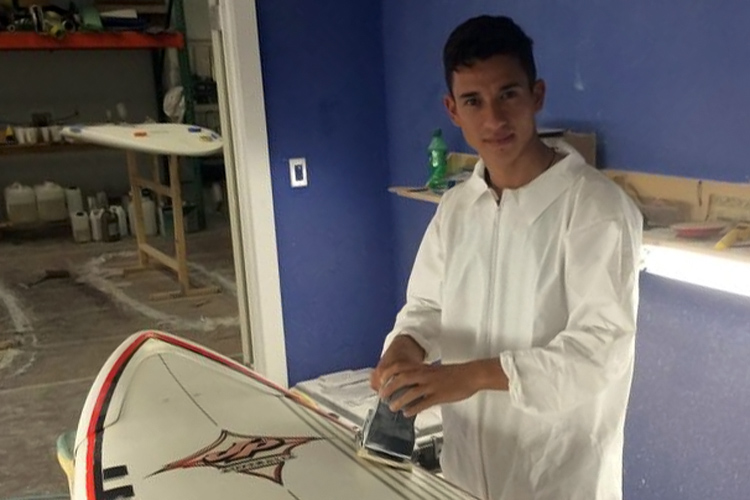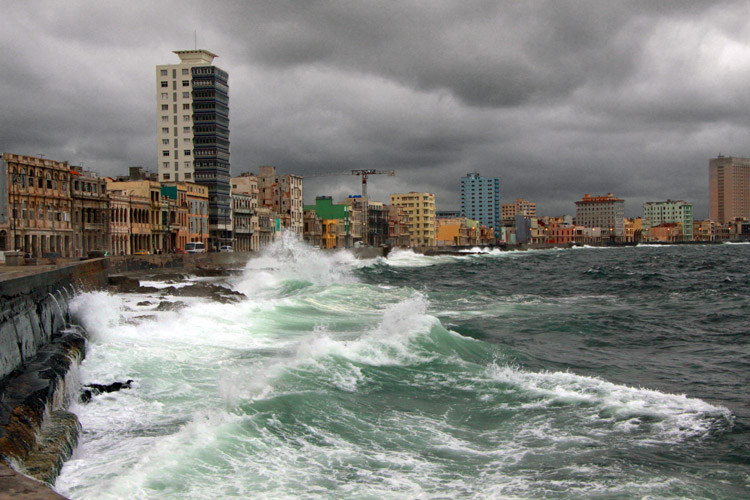Windsurfing is one of the simplest, easiest, cheapest, and most accessible sailing craft in the world.
Although it was only introduced in the 1970s, windsurfing equipment rapidly became available in nearly all corners of the globe within a couple of decades.
Windsurfing was supposed to be a pleasant outdoor recreation. But for Cubans, it also symbolized hope. It was a vehicle to achieve freedom in the United States.
The first grand movement of Rafters ("Balseros" in Spanish), who used windsurf boards and sails to try to reach Florida, flourished in the 1990s.
They were willing to try their luck, even knowing that an unsuccessful attempt would mean death or prison.
The sailing journey from Havana to Florida is a 90-mile challenge full of unexpected setbacks. The majority of those who tried to escape Cuba died in the crossing.
Dream or Death: Crossing the Florida Straits on a Sailboard
The "Balseros" have to glide over shark-infested waters, cope with sudden changes in wind speed and direction and rainfall, and resist death by exhaustion, dehydration, and starvation.
Some of them reached land, others were lost at sea, and the US Coast Guard rescued a few. It was not an easy task, but many Cubans had no choice.

In 1995, the Bill Clinton Administration and the regime led by Fidel Castro reached an agreement.
For different reasons, both nations wanted to sustain and control the mass migration of Cubans.
The adoption of the "Wet Feet, Dry Feet" policy ensured that any Cuban caught on the Straits of Florida would be sent home.
But if a Cuban made it to the shore, he or she would be allowed to pursue a residency in the United States.
Jorge Armando Martinez was one of those who fled from his island home. He decided to learn to windsurf, and after nine months of training, Martinez kicked off his adventure.
"My life in Cuba was very difficult. There's a lot of hardship there, and I had to find a better life for my daughter. I had to sell almost all my belongings," explained Jorge.
"It was a group of us with the same idea. All we had to do was train hard and get ready for the unknown. We didn't really know what to expect in the Florida Straits."
Jorge Armando Martinez only carried a bottle of water and around ten caramels. The trip was supposed to take five or six hours, but he had several problems.
Martinez spent four days out at sea and began having hallucinations. He was later found by some fishermen near the Marquesas Keys. Jorge was severely dehydrated, but he survived.
"I enjoy working. I like the challenge of being in a developed country that gives you the opportunity to work honestly and to live like a person," concludes Jorge Armando Martinez.
